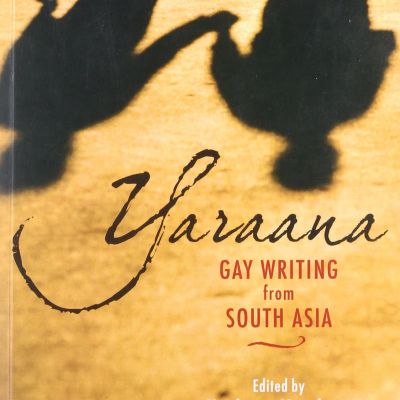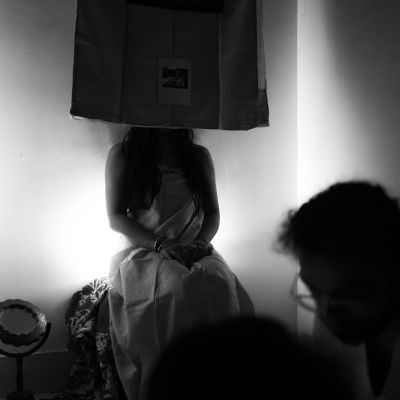Queer
Queering is not about being queer but about doing queer – about going beyond binaries of gender and sexuality, questioning accepted perspectives, and challenging and upending normative ways of being in the world.
The most satisfying spiritual and sexual experiences I’ve had were not in my twenties, thirties or even forties. They have been in my 50’s. The most insightful spiritual insights, and the most orgasmic orgasms have both arrived in middle age.
If you’ve got a body, in which you’re going to negotiate this life, you have to know how it works.
Like failure, longing is not interested in happy endings – whether of straight or non-heterosexual relations.
How did isolation work for those of us who are already quarantined in perpetuity by the cis-heteronormative gaze?
My identity unfolded slowly during my postgraduate media studies course, where I was exposed to peers from different socio-economic backgrounds.
To be a gentle / friendship breaker for S. To be // a candle-lit confetti apology for S.
हम धीरे-धीरे अपनी शर्म, असहजता, और ‘हेटेरोनॉर्मेटिव’ मानसिकता से ऊपर उठने लगे ऐसी कई सारी कृतियों का विश्लेषण करते हुए, जो न तो वात्स्यायन का ‘कामसूत्र’ थे और न ही यौनिकता पर फ़ूको की समीक्षा।
The relationships that are portrayed in queer media also often transcend all attempts at categorisation, but are still undeniably queer – as are the characters whose inescapable push-and-pull, to their audience, often becomes the plot itself.
Despite the progress made, Hindi cinema still faces challenges in accurately representing the diversity of LGBTQ+ experiences. Critiques have been raised regarding the tendency to prioritize cisgender, upper-class narratives.
In my rap lyrics, I try to focus on the undercurrents of resilience, hope, and the unwavering spirit of resistance in the face of struggles.
From silver screens to pages penned,
Our identities explored, where journeys never end.
Entertainment should aim to inspire, comfort, reflect and express. Even if something violent earns big at the box office, it doesn’t justify its creation.
While Nishit Saran’s iconoclasm loomed large in his lifetime, his oeuvre as a pioneering queer filmmaker and activist seems to have been largely obliterated.















